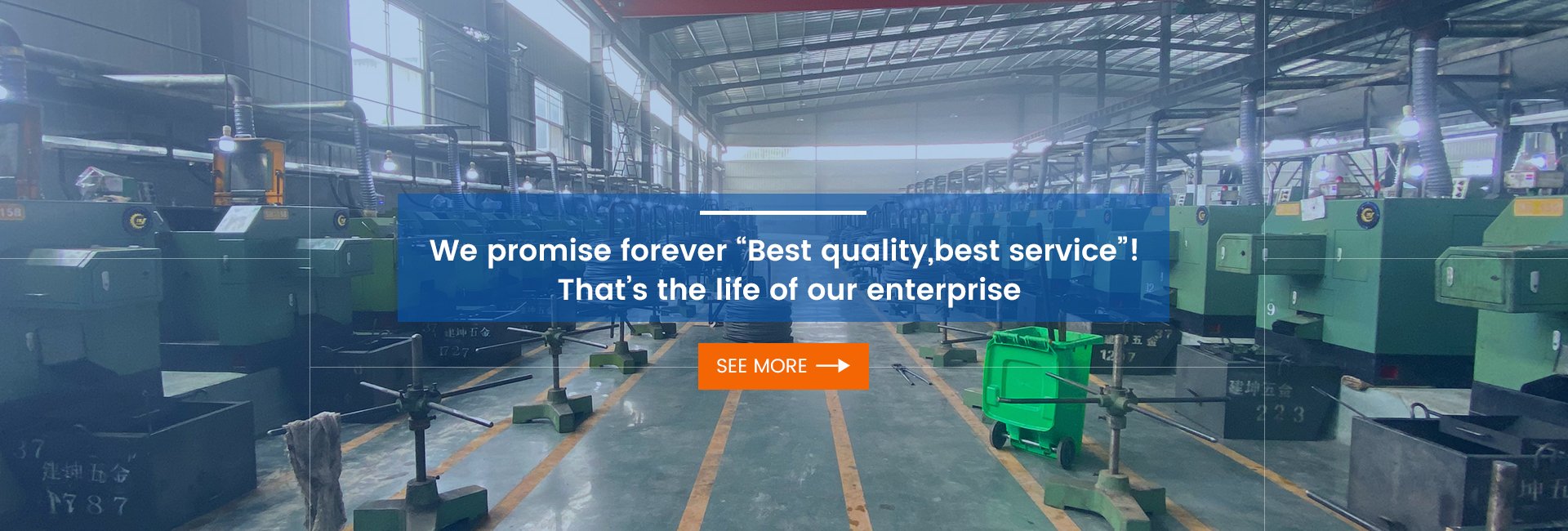In the realm of construction and manufacturing, high-speed nail making machines have revolutionized the production of nails, offering remarkable efficiency and output. However, achieving consistent precision in nail dimensions remains a crucial challenge for manufacturers seeking to deliver superior quality products. This guide delves into the intricacies of enhancing precision and efficiency in high-speed nail making machines, drawing upon industry expertise and established practices.
Factors Influencing Precision
Precision in high-speed nail making machines is governed by a multitude of factors, each contributing to the overall dimensional accuracy of the produced nails. These factors can be broadly categorized into mechanical aspects, material properties, and operational parameters.
Mechanical Aspects
Machine Design and Construction: The structural integrity and rigidity of the machine frame play a pivotal role in minimizing vibrations and ensuring precise movements during the nail-making process.
Component Precision: The precision of individual machine components, such as dies, punches, and cutters, directly influences the dimensional accuracy of the nails.
Wear and Tear: Regular maintenance and timely replacement of worn-out components are essential to maintain the machine’s precision over time.
Material Properties
Wire Quality: The consistency of wire diameter, tensile strength, and surface finish significantly impacts the formation and dimensional accuracy of the nails.
Lubrication: Proper lubrication of machine components reduces friction and wear, ensuring smooth operation and minimizing dimensional variations.
Operational Parameters
Machine Settings: Fine-tuning machine settings, such as feeding speed, punching force, and cutting angle, is crucial for achieving optimal precision.
Environmental Conditions: Controlling factors like temperature, humidity, and dust levels can minimize environmental influences on the nail-making process.
Enhancing Precision: A Practical Approach
Regular Maintenance and Calibration: Implement a comprehensive maintenance schedule that includes regular inspection, lubrication, and calibration of machine components.
Quality Control Procedures: Establish stringent quality control procedures to identify and rectify any deviations from dimensional specifications.
Operator Training and Supervision: Provide thorough training to machine operators on proper operation and maintenance techniques.
Continuous Improvement: Foster a culture of continuous improvement by analyzing production data, identifying areas for refinement, and implementing corrective measures.
Boosting Efficiency: Strategies for Optimization
Process Optimization: Streamline the nail-making process by minimizing downtime, optimizing material handling, and implementing lean manufacturing principles.
Automation and Integration: Leverage automation technologies to automate repetitive tasks, integrate machine operations with production management systems, and enhance overall efficiency.
Data-Driven Decision Making: Utilize production data to identify bottlenecks, optimize machine settings, and make informed decisions that enhance efficiency.
Case Study: Precision Enhancement in a Nail Manufacturing Facility
A nail manufacturing facility faced challenges with inconsistent nail dimensions, leading to customer complaints and production inefficiencies. To address these issues, the company implemented a comprehensive precision enhancement program:
Detailed Machine Inspection: A thorough inspection of the nail making machine revealed worn-out dies, punches, and cutters.
Component Replacement: All worn-out components were replaced with high-precision equivalents.
Machine Calibration: The machine was recalibrated according to manufacturer’s specifications.
Quality Control Implementation: A stringent quality control system was established, including regular dimensional checks and statistical process control techniques.
Operator Training: Operators were provided with in-depth training on proper machine operation and maintenance procedures.
Results:
Consistent nail dimensions within tolerance limits
Reduced customer complaints and improved product quality
Increased production efficiency and reduced waste
Achieving precision and efficiency in high-speed nail making machines requires a multifaceted approach that encompasses mechanical optimization, material quality control, operational fine-tuning, and continuous improvement initiatives. By implementing the strategies outlined in this guide, manufacturers can elevate their production capabilities, enhance product quality, and gain a competitive edge in the market.
Post time: Jun-28-2024



